CHRYSOCOLLA 1 1/2″ Top Grade Tumbled Polished Natural Rock Mineral Throat Chakra Crystal Stone Specimen
$9.99
In stock
Description
This is very high quality tumbler polished chrysocolla imported by Kidz Rocks from Brazil. Chrysocolla is a very soft stone with lots of fracture lines in it and difficult to tumbler polish it properly. You must start with high quality solid material and be very skilled at tumbler polishing stones to produce ones of this quality.
Please see all of the listing photos so you understand the range of shade you can expect to receive when purchasing this listing.
You will receive one specimen from the lot shown in the listing photos that is 1 1/2 inch around.
Bulk Purchase Listing
You are buying one rock from the lot shown in the photographs. Listing every rock separately adds a lot in labor costs. We pass that savings on to you with lower prices and higher quality than the competition. 75% of all of our Reviews are from customers amazed by what they received buying our bulk purchase listing products!
Kidz Rocks – The Best Value on the Internet!
Higher quality, larger size, lower price genuine natural rocks and minerals with customer service second to none. Buy ANY 5 or more items and get 30% off your entire order and a FREE surprise specimen! Maximum $8.75 shipping no matter how many items are on your order and no return required refunds!
Chakra Properties
Chrysocolla is a very peaceful stone. It is soothing and calming in times of stress, bringing about a gentle release. Chrysocolla gently draws off negative energies of all kinds and is especially helpful during transitional times, such as breakups and job loss, among other similar situations. Chrysocolla is a powerful stone because it aligns all chakras with the Divine.
Chrysocolla is a tranquil stone. Chrysocolla can be used with the Throat Chakra, where it helps with wise communication, or with the Heart Chakra to balance and strengthen, helping one to learn how to live from the truth of the Heart. It can also be used to open and activate the Thymus, or Second Heart Chakra. Chrysocolla has been used with the Third-Eye to enhance meditation, bringing visions and knowledge of the sublime into conscious awareness.
At home, use Chrysocolla to guard against obnoxious neighbors, unwanted phone calls and emails. It is helpful, especially for the elderly, to ease feelings of fear when living alone.
Mineral Description
Chrysocolla is attractive blue-green and provides a unique color to the mineral world. Chrysocolla forms in the oxidation zones of copper rich ore bodies. The name Chrysocolla comes from the Greek words cyrysos which means gold and the word kola which means glue.
Chrysocolla has been known to man since the beginning of recorded history. It should be noted that Chrysocolla got its name because its properties were first used to solder gold. Using Chrysocolla was first recorded in 315 BC by a Greek philosopher and botanist named Theophrastus. Legend has it that eilat stone was originally mined in King Solomon’s mines in Africa.
In ancient Egypt, it was called the wise stone because it shielded and encouraged the mind during negotiations. Those who wore it generally came up with clever compromises and resolutions and it is said that Cleopatra wore chrysocolla jewelry everywhere she went.
About Kidz Rocks
Since 2009, Kidz Rocks, a USA company, is “The Best Value on the Internet” providing higher quality, larger size and lower price rocks, minerals and crystals with customer service second to none.
Kidz Rocks Promise:
We are committed to redefine what it means to shop for rocks and minerals online. NO insane high prices, NO great piece one time and then a disappointing piece next time, NO rocks that look big online and then a tiny piece shows up, NO waiting a long time for shipping …
A partnership that you can trust and count on with each and every order that you will be pleased if not amazed when you open your package! Always high quality – Always larger sizes at lower prices that other dealers ƒ?? Always a positive and fun shopping experience.
If it is not a specimen we would add to our own personal collection, we don’t ship it out to you! When you buy from us you will be satisfied with each and every purchase or your money back and you keep the rocks!
Please feel free to call us at 1-818-518-6278 10 AM to 10 PM 7 days a week for wholesale discounts and special requests, we can get pretty much any rock on the planet. We ship all orders USPS, weekday orders ship the same day they are placed, weekend orders ship on Monday’s. We disclose any treatments done to the rocks after they are mined in our listing descriptions. If no treatments are stated then it is exactly as it came out of the ground.
Thanks,
Alan & Jaidon
Additional information
| Weight | 0.125 lbs |
|---|
1 review for CHRYSOCOLLA 1 1/2″ Top Grade Tumbled Polished Natural Rock Mineral Throat Chakra Crystal Stone Specimen
Only logged in customers who have purchased this product may leave a review.

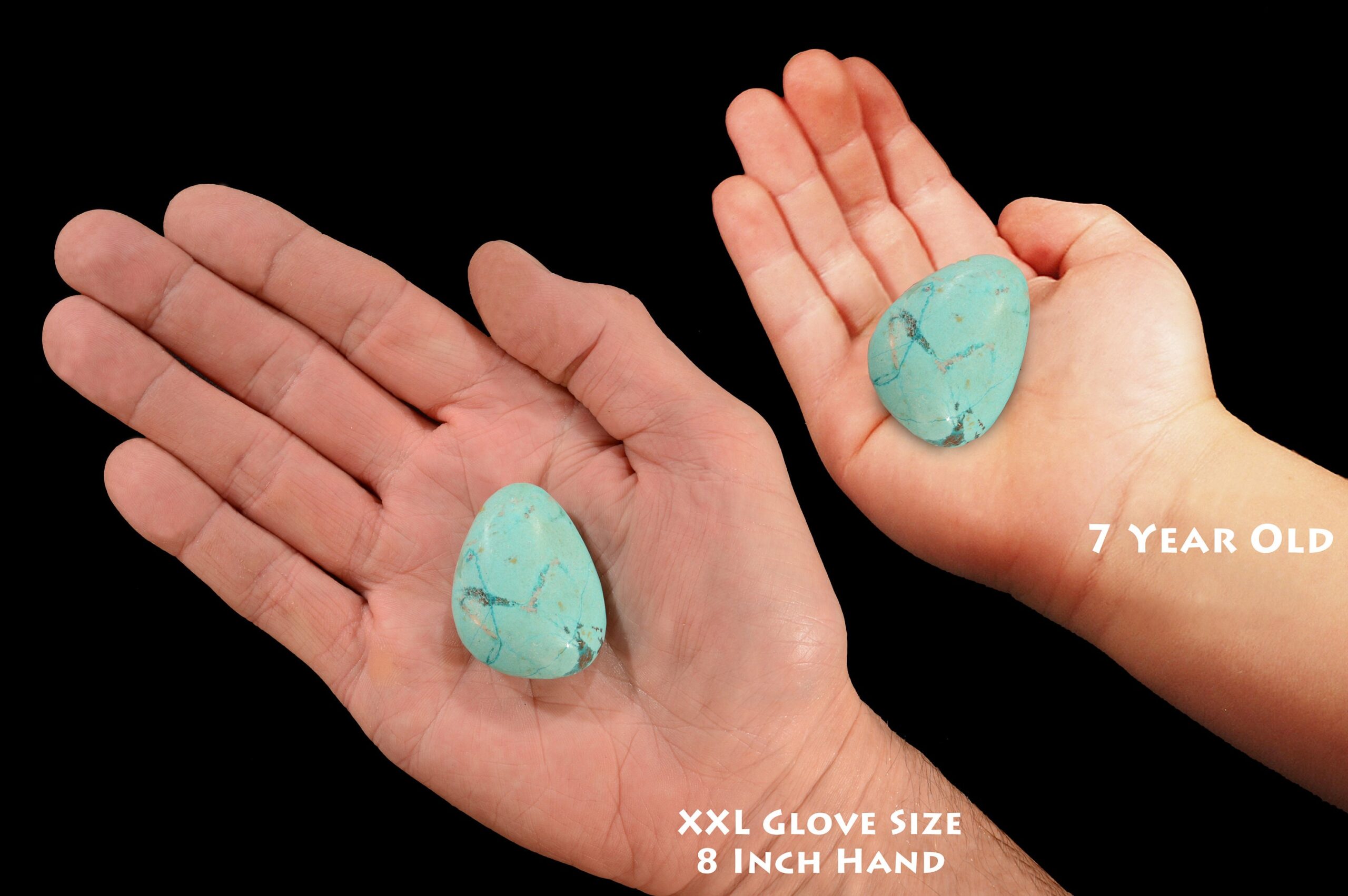
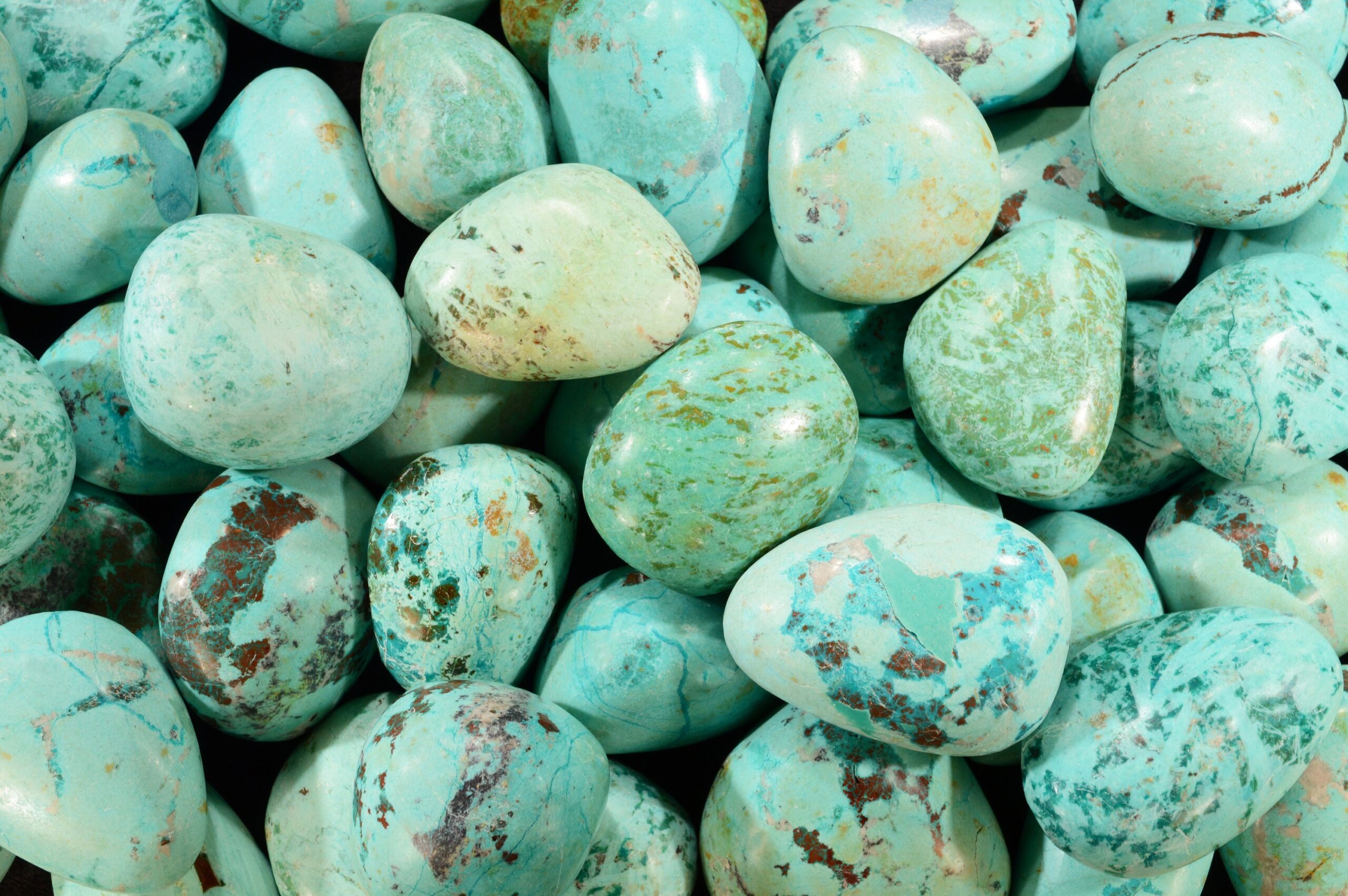


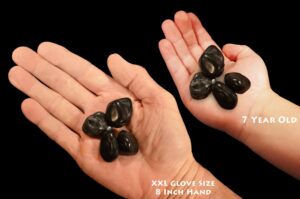
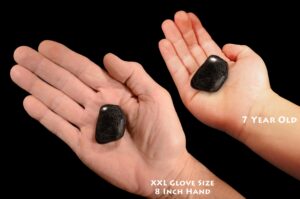
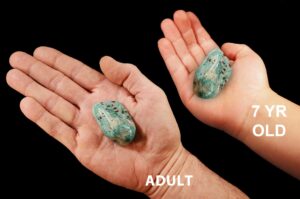
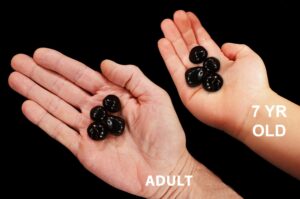


Rebecca A (verified owner) –
Lovely Chrysocolla tumbled specimen. Very nice size & quality. Well packaged & fast shipping. Thank you!